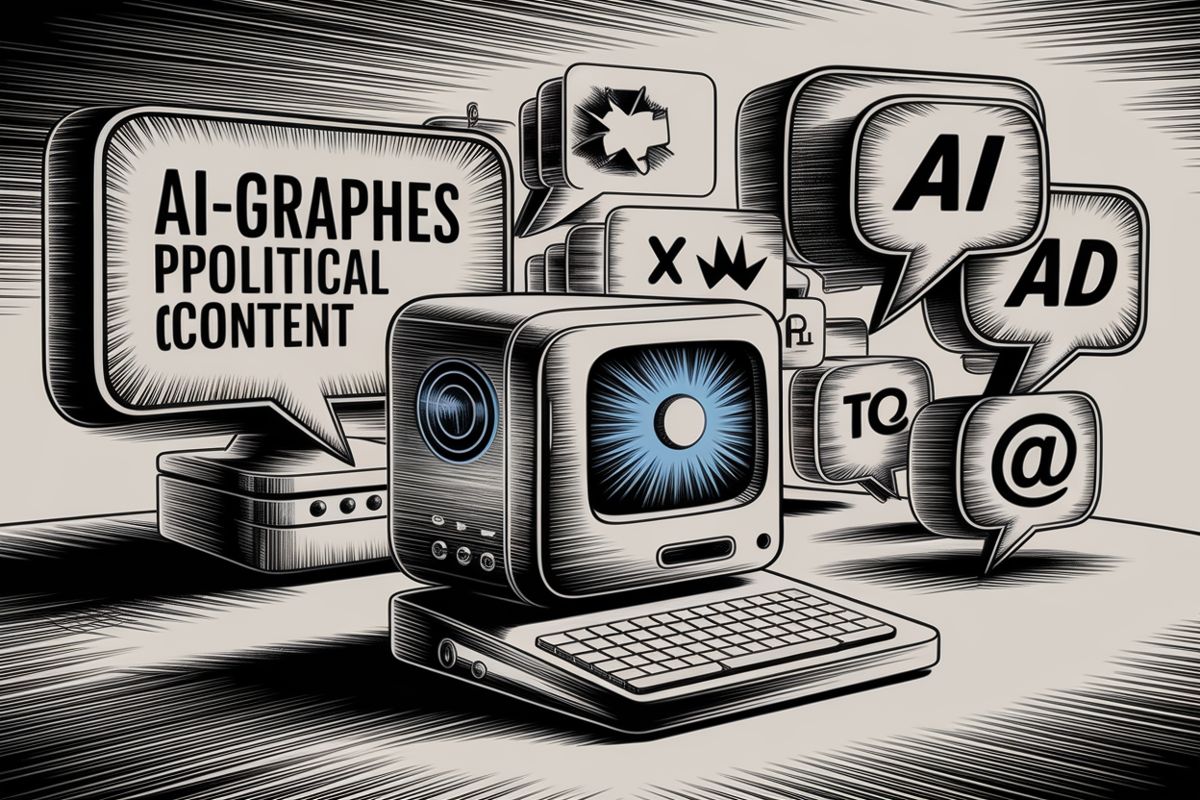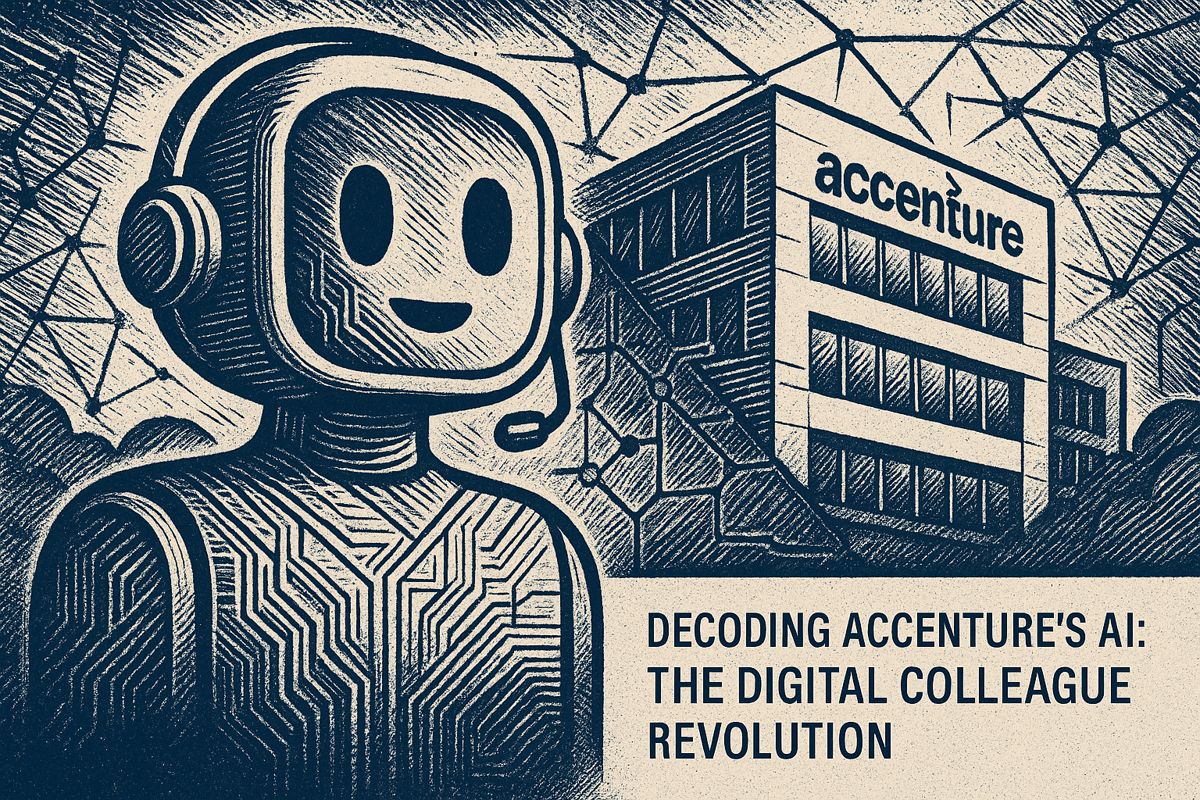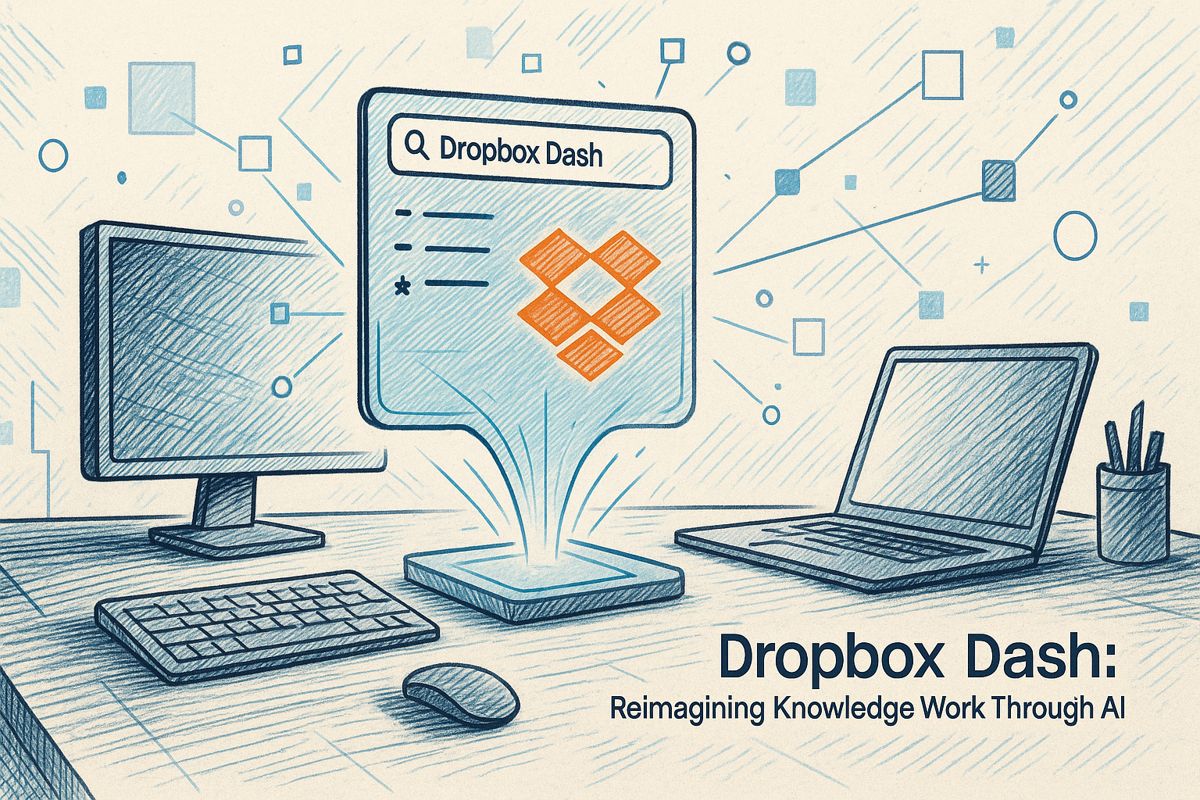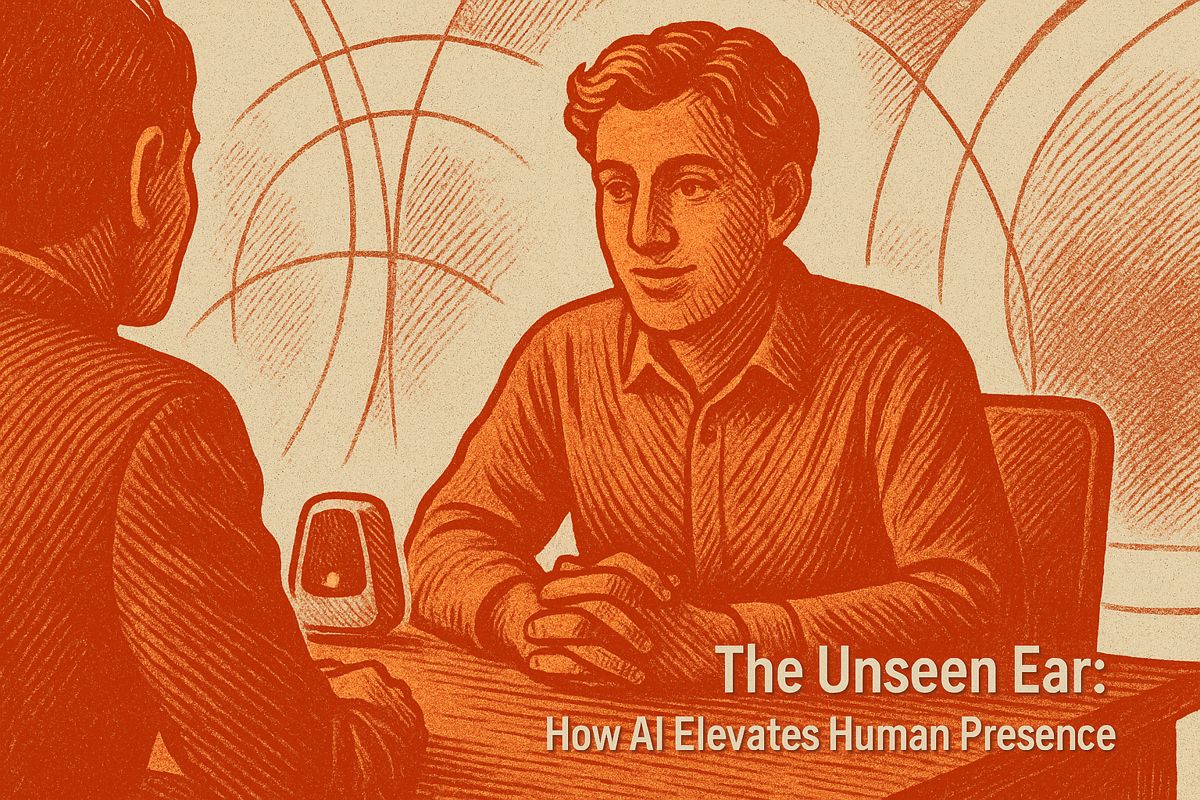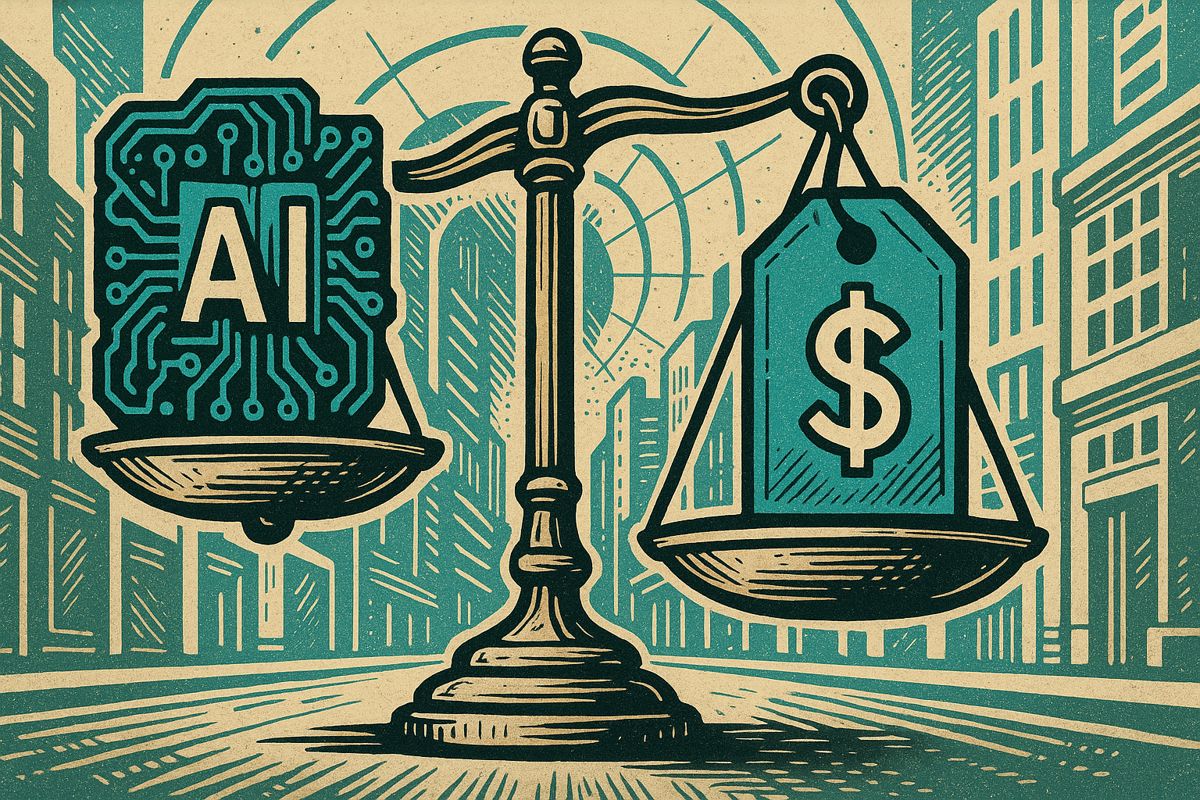Generative AI is revolutionizing enterprise with rapid adoption and expanding capabilities across multiple domains. Organizations are embracing AI technologies at an unprecedented rate, with spending surging from $2.3 billion to $13.8 billion in just twelve months. Developers are at the forefront of this transformation, dramatically increasing AI tool usage from 23% to 78% and exploring multimodal applications. The technology is reshaping workflows by offering powerful tools in text, code, image, and voice generation, promising greater efficiency and creativity. Despite ongoing challenges like data privacy and ethical considerations, the potential of AI to augment human work continues to generate excitement and momentum.
What is the Current State of Generative AI in Enterprise?
Generative AI has rapidly transformed enterprise operations, with 65% of organizations implementing AI technologies. Annual AI spending has surged from $2.3 billion to $13.8 billion, driven by multimodal capabilities in text, code, image, and voice generation across various business functions.
I. Dawn, Coffee, and a Sea Change
I swear, you can actually smell the shift in the air—something between ozone after a thunderstorm and the nervy tang of freshly ground beans in the office kitchen. That’s how palpable the generative AI revolution feels these days, especially in the bowels of enterprise IT. The last time I felt this electric buzz? Maybe when broadband banished dial-up, or, if I’m being honest, the day I realized my code could ping an API and fetch live market data. That was 2011, and I’ll admit, I nearly dropped my mug.
Now, the mood is different—less adolescent giddiness, more pragmatic fervor. Why? Because generative AI is no longer a parlor trick or the subject of breathless Gartner hype cycles. It’s everywhere. According to McKinsey’s 2024 state-of-the-union, an eyebrow-raising 65% of organizations have already slotted generative AI into real operations. Pause and let that sink in. Meanwhile, annual AI spend vaulted from $2.3 billion to a staggering $13.8 billion in twelve months. That’s not just a blip; it’s a tectonic shift, the sort you feel in your bones.
Does it mean every company is suddenly run by hyperspectral superbots? Hardly. Most deployments still start small—think text summarizers, not HAL 9000—but the scale and seriousness are undeniable. The old days, when AI pilots gathered dust in the innovation lab, are over. Now, smart execs are weaving GenAI into the fabric of “how things get done.” It reminds me of the first time I realized my own job could be made simultaneously easier and less secure by technology. I felt a mix of thrill and—well, dread.
II. Developers: From Skeptics to Standard-Bearers
Let’s talk shop. If there’s a cohort leading this charge, it’s developers. Just last year, a mere 23% of coders admitted to using AI tools. Fast forward to today—bam!—and that number’s ballooned to 78%. Frankly, I’m not surprised. Spend a week with GitHub Copilot, Cursor, or Codeium, and you’ll see why. These tools are less digital sidekicks and more like Prometheus handing you creative fire, minus the unfortunate liver-eating eagle. (Sorry, couldn’t resist.)
The concrete result? GitHub Copilot alone is clocking in at a $300 million annual run rate. That’s real money, not monopoly money, and it means AI-assisted coding has become a daily ritual—right up there with caffeine breaks and existential debugging sessions. There’s something oddly satisfying about watching an AI autocomplete your clunky recursive function, even if you half-suspect it’s showing off. I once spent an hour fighting with a regex, only for Copilot to nail it in seconds. Humbled? You bet. But also grateful—sort of like losing a chess game to a grandmaster and realizing you just want to play again.
Of course, text is still king—63% of enterprises lean on it for everything from contract review to support chatbots. But images are hot on its heels (36% adoption), especially in design and marketing. There’s something almost Bauhaus about the way GenAI weaves words and visuals together—function and form, logic and luster. I can’t help but think of the early days of Canva or Figma, now turbocharged by diffusion models that spit out photorealistic visuals on demand. The boundaries? They’re dissolving faster than you can say “style transfer.”
III. The Multimodal Mosaic: Beyond the Written Word
But let’s not lose the forest for the trees. The real excitement—and, frankly, the real complexity—lies in the multimodal frontier. Code generation, now at 27% adoption, is shifting the tectonic plates of technical work itself. Suddenly, automation isn’t some far-off dream. It’s here, democratizing software development. I used to worry that this would dilute craft, but I’ve come to see it more as augmentation: copilots don’t replace coders, they free us from grunt work. (If only my old boss had seen it that way.)
Meanwhile, video and voice/music use cases—each at 13%—are galloping forward. You might assume that spinning up a synthetic marketing jingle or a how-to video would be reserved for the Apples and Adobes of the world, but even midsize firms are getting in on the act. I heard from a friend at Shopify that their RAG-powered chatbot fields support questions in three languages. The bot is tireless, context-aware, and—here’s the kicker—gets better with every interaction. It’s as if each customer service call adds a brushstroke to an ever-evolving palimpsest of company knowledge. The metaphor’s a bit grandiose, but hey, that’s how it feels at 2AM during a deployment.
Most intoxicating of all? Multimodal AI. Adoption may be at 13% now, but forecasters (those perennial optimists) expect it to cross 50% by 2027. The Gesamtkunstwerk—Wagner’s all-encompassing “total work of art”—is not such a farfetched parallel. In this case, the sum is more than the parts: text, image, sound, and code blending into seamless workflows. There’s a certain synesthetic appeal here—the notion that you could query your data warehouse not just with SQL, but with a diagram or a snippet of voice. Wild, right?
IV. Cautions and Contradictions: Progress with a Pulse
Now, before you accuse me of being an AI evangelist (ugh, the horror), let’s address the thorns. The breakneck pace has bred its share of blunders. I winced when I read about a major enterprise losing over $200 million after botched AI rollouts—turns out, governance was more aspiration than reality. I’ve made my own smaller-scale mistakes: underestimating the privacy headaches of cloud-hosted LLMs, for example. The lesson? A little paranoia goes a long way. I learned to obsess over open-source alternatives and vet my vector databases like a hawk.
The ethical quandaries aren’t going away. IP worries, data privacy, black-box decision making—these shades of gray are everywhere. But the upside? Enterprises are learning. Pilots that began as modest automations—say, HR form triage or supply chain demand forecasting—now deliver real revenue bumps and cost savings. The return on investment is no longer theoretical. One executive told me their AI system paid for itself in six months—a claim I verified, skeptically, before letting myself be impressed.
Still, I can’t escape a lingering uncertainty. Will all this promise plateau into banality? Or will we see a Cambrian explosion of agentic AI—autonomous, modular, as collaborative as a Bauhaus collective? I don’t know. But I do know that the winners will be those who treat AI not as a panacea, but as a palette knife—blending, refining, and sometimes scraping away to reveal the essential form.
So there you have it: a landscape in wild, caffeinated flux. Generative AI is neither savior nor villain. It’s a toolkit—a set of evolving principles and provocations, best wielded with curiosity, skepticism, and just a little awe. And maybe, if I’m lucky, a second cup of coffee.





